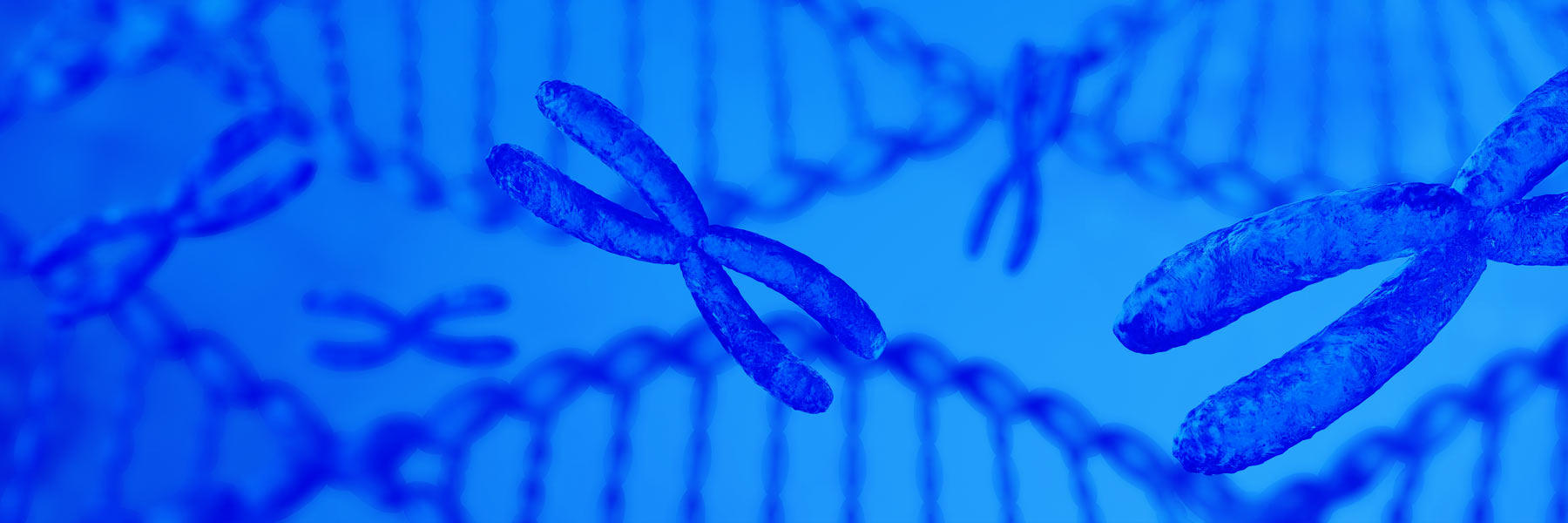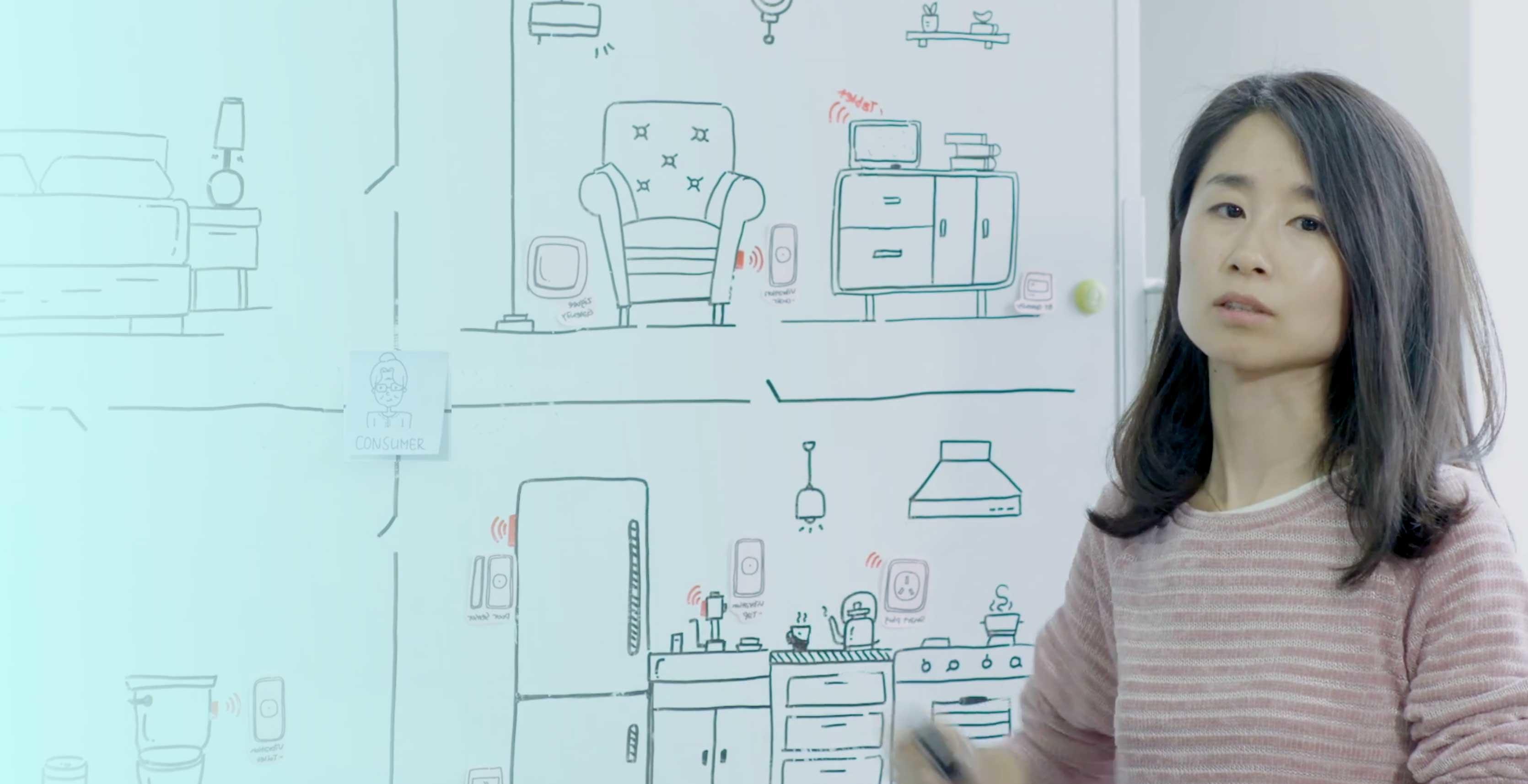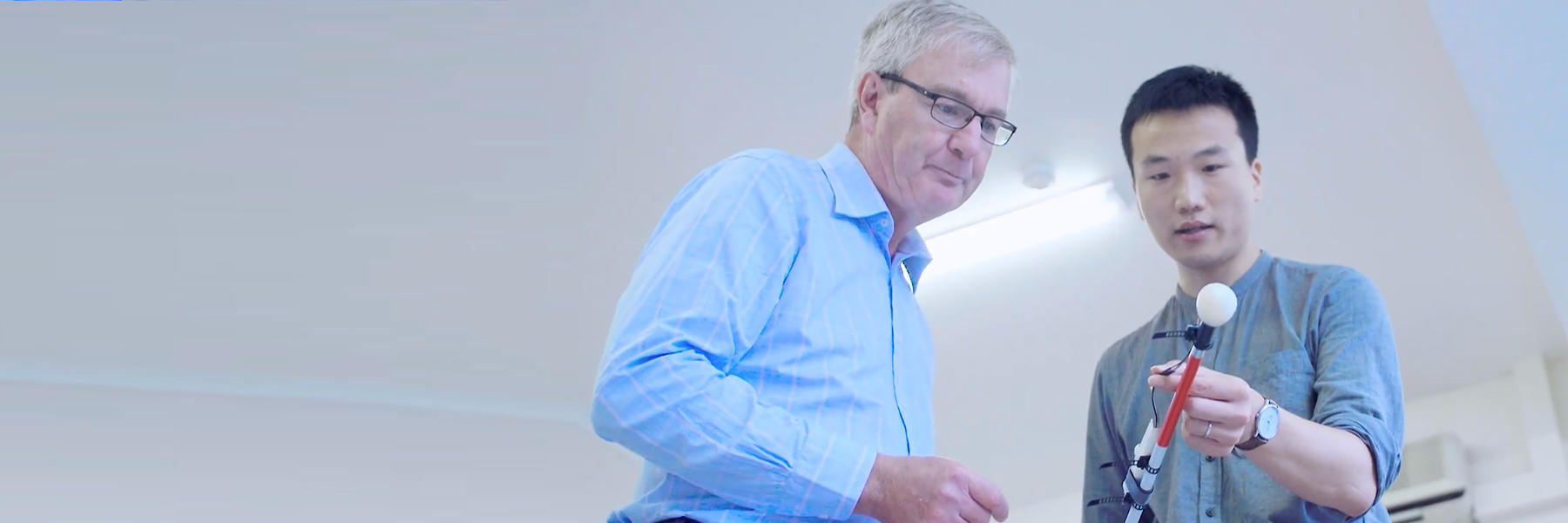A single death is a tragedy; thousands merely a statistic. A 2011 study found that over 700,000 patients in the US suffered a healthcare associated infection (HAI), and 75,000 died as a result. A healthcare institution is the last place you expect to catch an infection in the developed world, and yet lives are being lost daily.
Epidemiologists Dr. Mark Stibich and Dr. Julie Stachowiak wanted to change this. In 2010 they started Xenex. They are partnering with hospitals to eliminate the pathogens that cause infection - ultimately preventing healthcare associated infection and death.
Can robots save us?
In 2010 Dr. Stibich and Dr. Stachowiak launched a device that kills 99.9% of bacteria present in a hospital room. It works by emitting UV light in pulses over a five minute cycle period, with no need for harsh disinfectants and chemicals. When the bacteria is exposed to the UV light or germicidal light, it absorbs the light and fuses the organisms’ DNA and killing it. The light is not harmful to humans, and is easily deflected by glass or room walls. The device is run in empty rooms to ensure maximum effectiveness of the cycle.
The robot kills 99.9% of bacteria in the room. It won't replace custodial staff; however it will kill the microorganisms that cleaning can’t always reach
The robot is controlled by a tablet that detaches from the main body of the device. The staff member will first prepare the room for treatment - taking away bedsheets, unraveling medical cords and opening trays - anything to expose any bacteria to the UV light.
While not harmful to humans, maximum effectiveness is achieved when people - and their potential contaminants - are not present in the room. Once the room is ready for treatment, the staff member activates the cleaning cycle using the Android tablet. Inside the room the device begins the five minute cleaning cycle, emitting a xenon ray of purple light, killing the bacteria. An important feature of the device is the motion detector that accompanies the device for each cleaning cycle. If motion is detected during the cleaning process the cycle will stop. The device will communicate this information via a 3G chip to the central portal.
Continuous Delivery, rapid software updates
In the past, updating each device across the country was completed by sending the updates to their partners on a thumb drive. If any issues arose or the update failed, Xenex would need to send a specialist to resolve the problem. While problems were rare, this process would eventually hinder their ability to scale further.
Partnering with Thoughtworks, Xenex have implemented a Continuous Delivery approach - automatic software updates were the first project completed using these methods. Devices can now be updated instantly, remotely and without issues or interference.
In only five years, Xenex has become the world leader for hospital disinfection. Their partners have seen a drop of 53% in the presence of superbugs. As they continue to improve the device, they want to make the Xenex robot the standard of care - globally.


















